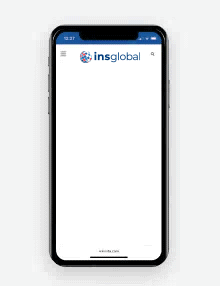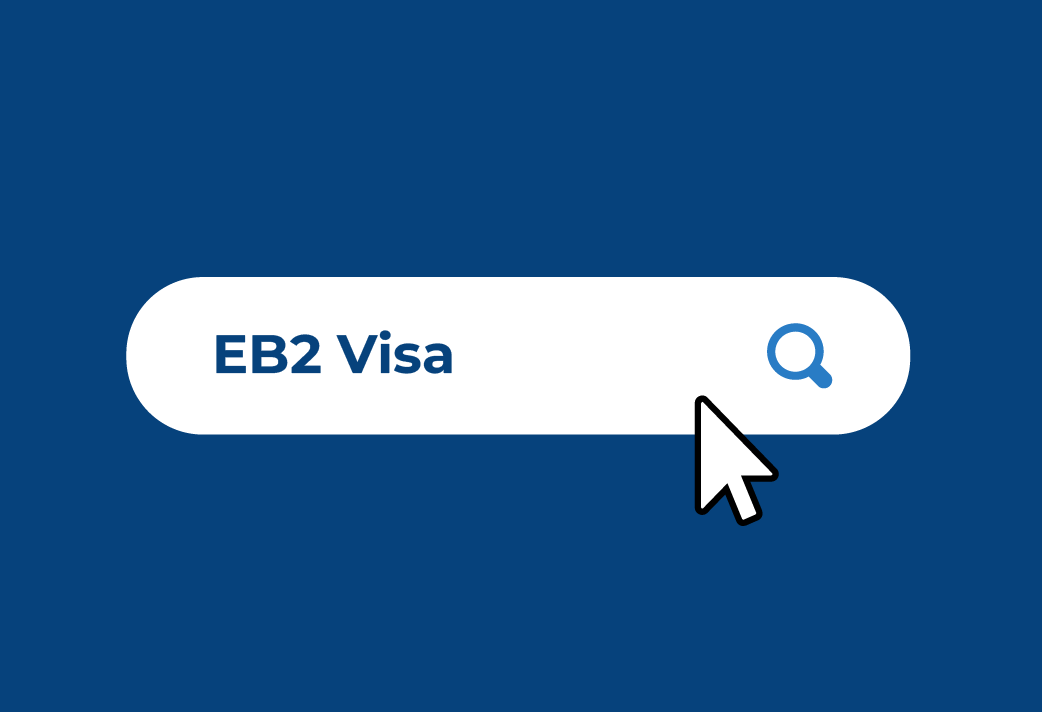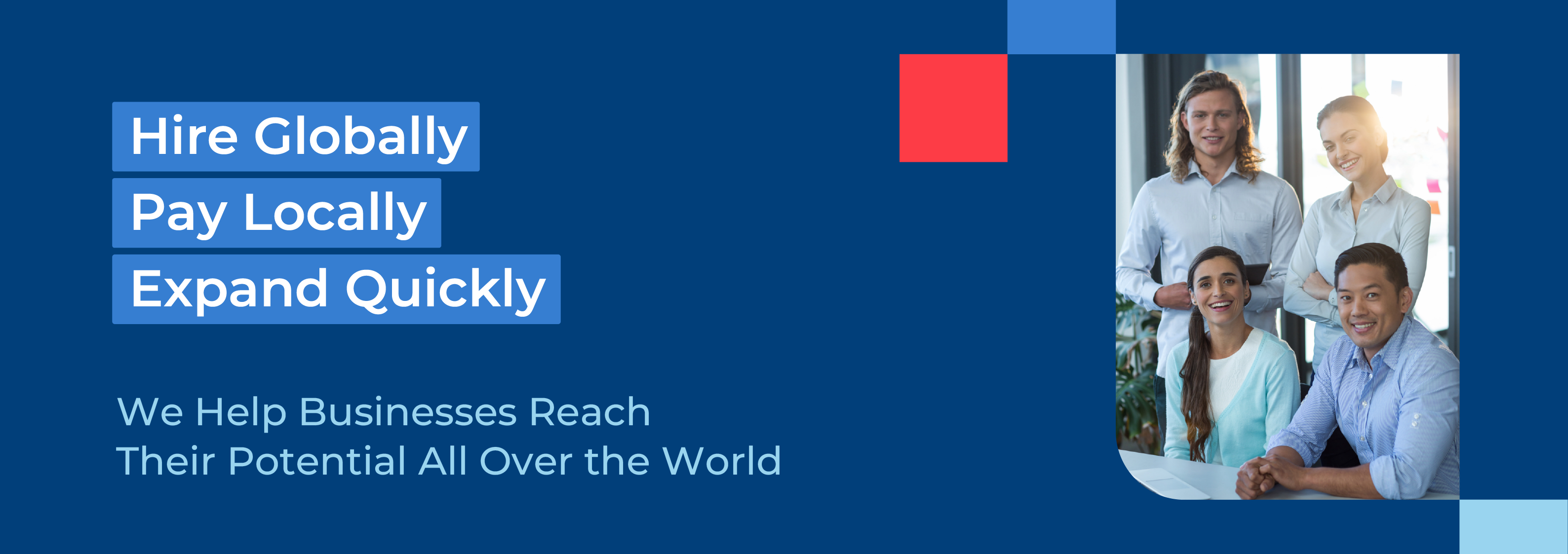For local or international employers considering hiring in the US, the EB-2 visa presents a great opportunity to attract and retain top-tier global talent. Whether you are looking to transfer key employees, hire experienced professionals in specialized industries, or strengthen your US operations with highly qualified workers, the EB-2 visa can be an essential tool in putting together a competitive workforce.

Tired of scrolling? Download a PDF version for easier offline reading and sharing with coworkers
What is the EB-2 Visa?
The EB-2 visa is a US employment-based immigrant visa designed for highly skilled professionals who either possess an advanced degree or can prove exceptional ability in their field.
As part of the “second preference” (EB-2) employment-based immigration system, this particular visa presents a direct pathway to a green card and permanent residency options in the United States.
Benefits of the EB-2 Visa for Professionals and Employers
The EB-2 visa brings significant benefits for both professionals seeking to advance their careers in the US and employers looking to recruit international talent:
- Permanent Residence – The EB-2 visa grants direct access to apply for a green card, allowing individuals to live and work permanently in the US without the need for visa renewals
- Pathway to Citizenship – After 5 years of permanent residency, EB-2 visa holders may apply for US citizenship, provided they meet requirements
- Family Sponsorship – Spouses and children under 21 years old can accompany the primary visa holder under the E-21 and E-22 categories, gaining access to their own work and study opportunities in the US
- No Annual Renewal Hassles – Unlike temporary work visas such as the H-1B, the EB-2 visa does not require periodic renewals, reducing stress and administrative obligations for both employers and employees
- Priority Date Advantages – While there’s no guarantee, EB-2 visa applicants typically experience shorter processing times and have access to more expedition options than other work-based visa applicants, making it a preferred choice for skilled professionals on a timeline
- Competitive Access to the US Job Market – Holding a green card enables individuals to work for any employer in the US, providing greater job flexibility and security
How Much Does the EB-2 Visa Cost?
Costs for Applicants Filing from Within the US
For applicants currently in the US on a valid visa, the costs associated with an EB-2 visa application include:
- Form I-140 Filing Fee – $700 (paid by the employer)
- Adjustment of Status Fee (Form I-485) – $1,140 (for the principal applicant and each qualifying dependent)
- Biometric Services Fee – $85 per applicant (if applicable)
- Medical Examination and Vaccination Costs – Varies by provider and location (typically $200–$500)
- Premium Processing Fee (Optional) – $2,500 to expedite Form I-140 processing
Costs for Applicants Applying from Outside the US
For applicants applying from outside the US, the costs include:
- Form I-140 Filing Fee – $700 (paid by the employer)
- Consular Processing Fee (DS-260) – $325 per applicant
- Affidavit of Support Fee (Form I-864, if required) – $120
- Medical Examination and Vaccination Costs – Varies by country and provider
- US Embassy Visa Issuance Fee – Typically ranges between $100–$400
Additional Fees and Associated Costs
Additional costs may arise depending on individual circumstances:
- Legal Fees – (If hiring an immigration attorney) Costs range from $2,000 to $10,000
- Translation and Document Certification Fees – (If using non-English documents) Typically $50–$500 per document
- Travel Costs – (If required to attend consular interviews or relocate to the US) Variable
Note that all costs will vary due to location, time, exchange rates, or other circumstances.
How Long Does the EB-2 Visa Take to Process?
Processing times for the EB-2 visa vary based on the applicant’s country of origin, how busy things are, and specific case details. On average:
- PERM Labor Certification (if required) – 6–12 months
- Form I-140 Petition – 6–12 months (15 days with premium processing)
- Adjustment of Status (I-485) or Consular Processing – 8–14 months
Factors That Impact Processing Times
Several factors can affect processing times:
- Priority Date and Visa Bulletin Wait Times – Some applicants face delays due to per-country visa limits
- USCIS and DOL Backlogs – Processing delays can occur variably throughout the year or if agencies receive high application volumes
- Errors or Missing Documents – Any mistakes in application forms can result in extra Requests for Evidence (RFEs), causing delays
Applying for an EB-2 visa takes time, expense, and a multitude of forms and procedures. That’s why it’s always recommended to seek the advice and guidance of a seasoned professional to ensure the least amount of delays or mistakes possible.
EB-2 Eligibility
Eligibility for an EB-2 boils down to being able to show a high level of expertise in the applicant’s chosen field, either through:
- Eligibility Through Advanced Degree – Applicants must have at least a master’s degree or a bachelor’s degree plus 5 years of progressive work experience in their field.
or
- Proving Exceptional Ability – Applicants without an advanced degree must demonstrate exceptional ability in sciences, arts, or business through at least three of the following:
- Letters from employers verifying at least 10 years of experience
- Professional licenses or certifications
- Industry awards or recognition
- Membership in professional associations
- A salary demonstrating exceptional ability
Understanding the National Interest Waiver
Applicants lacking the above or wishing to expedite the process may qualify for a National Interest Waiver (NIW) if they can demonstrate that their work is in the US national interest. This option even allows the applicant to bypass the employer sponsorship requirement.
How to Apply for an EB-2 Visa: General Steps
Step 1: Securing a PERM Certification – Employers must complete the PERM process to prove there are no qualified US workers available for the position.
Step 2: Filing Form I-140 – The employer submits Form I-140 to USCIS to classify the applicant under the EB-2 category.
Step 3: Attending Follow-Up Appointments – Applicants may need to attend biometrics appointments and interviews as part of their case review.
Step 4: Preparing and Submitting the Green Card Application – Once the priority date is current, applicants submit Form I-485 (if in the US) or complete consular processing (if outside the US).
Conclusion
The EB-2 visa is an exceptional option for both skilled professionals pursuing US permanent residency and employers looking to hire top international talent. While the application process can be complex, careful preparation, meeting eligibility criteria, and understanding processing times can help ensure a successful outcome.
For local businesses, hiring foreign talent through the EB-2 visa can be a game-changer, opening up a global workforce with specialized skills. However, navigating the visa process requires expertise in legal and compliance matters. For international employers, this option can lead to local stability for overseas teams but throws applicants in at the deep end of the US immigration system.
At INS Global, we specialize in helping businesses expand internationally, navigate complex visa requirements, and manage global workforce solutions. If you’re considering hiring foreign professionals under the EB-2 visa or need assistance with global employment strategies, contact us today to learn about our support and guidance solutions in all 50 US states.
Document Checklist
To successfully apply for an EB-2 visa, applicants and their sponsoring employers must provide a comprehensive set of documents. Below is a checklist categorized based on the EB-2 subcategories:
- General EB-2 Visa Documents (All Applicants)
- Valid Passport – Must be valid for at least six months beyond the intended entry into the US
- Form I-140 (Immigrant Petition for Alien Worker) – Filed by the employer or by the applicant for National Interest Waiver (NIW)
- Proof of Job Offer (for employer-sponsored applications) – A permanent job offer from a US employer.
- Labor Certification (PERM) Approval (if applicable) – Required unless applying under the National Interest Waiver (NIW).
- Form I-485 (Application to Register Permanent Residence or Adjust Status) – If adjusting status within the US
- DS-260 (Online Immigrant Visa Application) – If applying from outside the US through consular processing.
- USCIS Filing Fees – Payment receipts for relevant application fees.
- EB-2 Advanced Degree Subcategory
(Applicants must have a US advanced degree, a foreign equivalent, or a US bachelor’s degree plus 5 years of progressive experience in the field.)
- Academic Credentials – Diplomas, transcripts, and official evaluations (if foreign degree).
- Letters from Previous Employers – Verifying at least five years of progressive work experience if the applicant holds a bachelor’s degree.
- Professional Licenses or Certifications – If required for the occupation.
- EB-2 Exceptional Ability Subcategory
(Applicants must demonstrate a high level of expertise in the sciences, arts, or business through at least three of the following.)
- Academic Records – Official transcripts showing a degree related to the field.
- Letters from Current or Former Employers – At least 10 years of full-time experience in the field.
- Professional License or Certification – If applicable.
- Salary Evidence – Proof of commanding a high salary.
- Membership in Professional Associations – Documentation of industry recognition.
- Recognition for Achievements – Awards, honors, or significant contributions to the field.
- EB-2 National Interest Waiver (NIW) Subcategory
(Applicants must prove their work benefits the US and meets the national interest criteria.)
- Detailed Personal Statement – Explaining why the applicant’s work is of national importance.
- Evidence of Significant Impact – Publications, patents, media recognition, or professional endorsements.
- Letters of Recommendation – At least 3 letters from industry experts highlighting contributions.
- Business Plans (if applicable) – If applying as an entrepreneur or researcher.
- Employer-Specific Documents (if applicable)
- Job Offer Letter – Outlining job role, salary, and terms of employment.
- Company Financial Statements – Proof of employer’s ability to pay wages.
- Tax Returns and Business Licenses – To establish the legitimacy of the employer.
EB-2 FAQs
Can I apply for an EB-2 visa without a job offer?
Yes, applicants can apply for an EB-2 visa without a job offer if they qualify for a National Interest Waiver (NIW). This requires proving that their work is of substantial benefit to the US
Does my work experience count if I gained it while studying?
Work experience gained while studying may count, but it must be full-time, directly related to the field, and clearly documented as professional experience.
Can I apply for premium processing to speed up my EB-2 application?
Premium processing is available for Form I-140, which reduces processing time to 15 days for an additional fee of $2,500. However, it does not speed up PERM labor certification or Form I-485.
Do I need to provide financial documents for the EB-2 visa?
Applicants do not usually need to provide personal financial documents, but employers must demonstrate their ability to pay the offered salary from the priority date onward.
Is the EB-2 visa subject to a cap or annual limit?
Yes, the EB-2 visa has an annual limit set by the US government, and certain countries, such as India and China, often face long wait times due to high demand.
How can I strengthen my National Interest Waiver (NIW) application?
To improve an NIW application, applicants should provide strong letters of recommendation, clear evidence of national benefit, and proof of how their work has a broad impact in the US
What happens if I make a mistake on my EB-2 application?
Errors or missing information may result in delays or a Request for Evidence (RFE). It’s best to review all documents carefully and seek professional guidance if needed.
How soon can I start working in the US after applying for an EB-2 visa?
Applicants must wait until their Adjustment of Status or consular processing is completed and they receive their green card before starting employment in the US
Can I bring my family with me on an EB-2 visa?
Yes, spouses and children under 21 years old can accompany the EB-2 visa holder under E-21 and E-22 categories. Spouses may apply for work authorization.
What should I do if my employer withdraws my EB-2 petition?
If an employer withdraws an EB-2 petition, applicants may need to restart the process with a new sponsor unless they qualify for an NIW. Some applicants may also transfer their priority date to a new petition.
How can an EOR help companies manage EB-2 employees?
An EOR can handle payroll, tax compliance, benefits administration, and HR functions for EB-2 employees, ensuring compliance with federal and state labor laws while the employer focuses on business operations.
Is an EOR a good solution for hiring foreign talent while waiting for EB-2 approval?
Yes, an EOR can employ foreign professionals on temporary work visas (such as H-1B or L-1) while their EB-2 visa is in process, providing a seamless transition to permanent residency once approved.
What happens if an EB-2 employee needs to change jobs?
If an EB-2 employee changes jobs before securing a green card, they may need to restart the process unless the new role is in the same or a similar occupation. An EOR can assist with legal compliance and employment continuity.
Can an EOR help with compliance for foreign employees working remotely in the US while waiting for an EB-2 visa?
Yes, an EOR ensures that foreign employees comply with work authorization, tax laws, and benefits requirements while awaiting EB-2 processing, reducing legal risks for employers.


SHARE